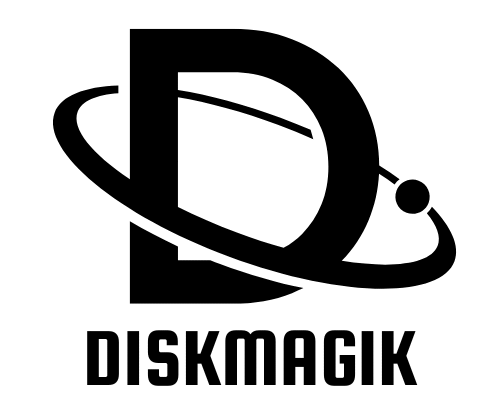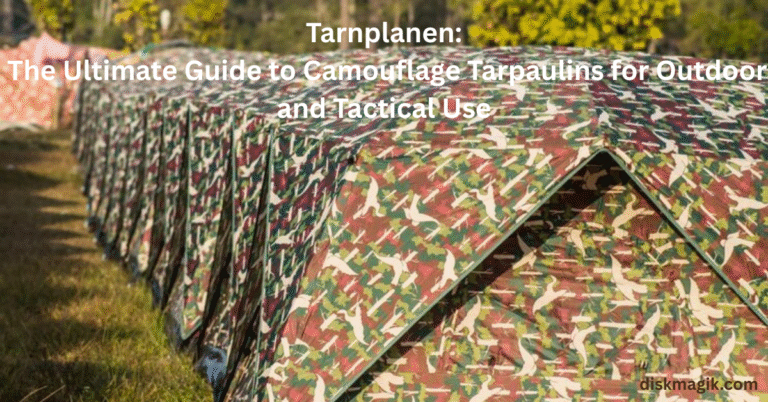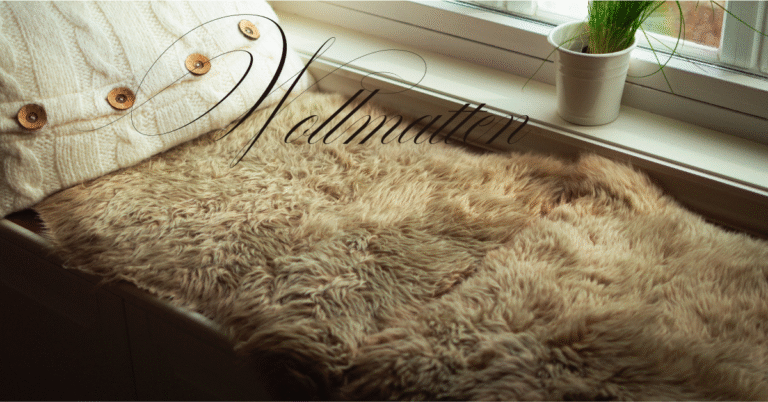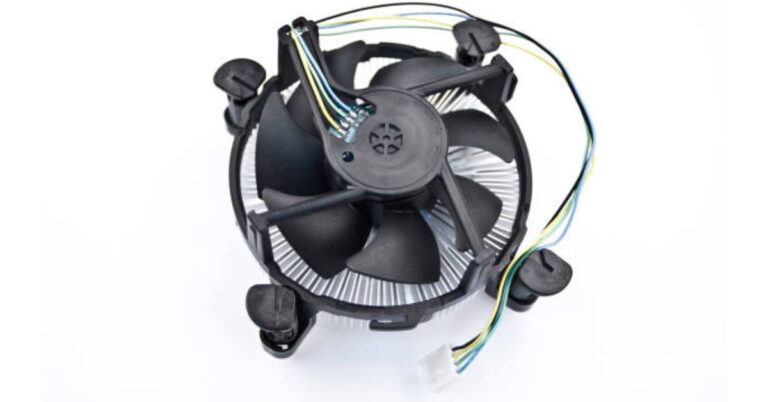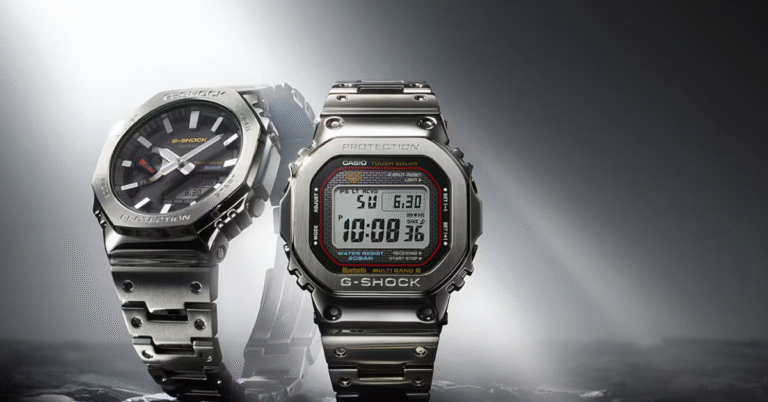Nahttypen: A Complete Guide to Seam Types in Sewing and Garment Construction
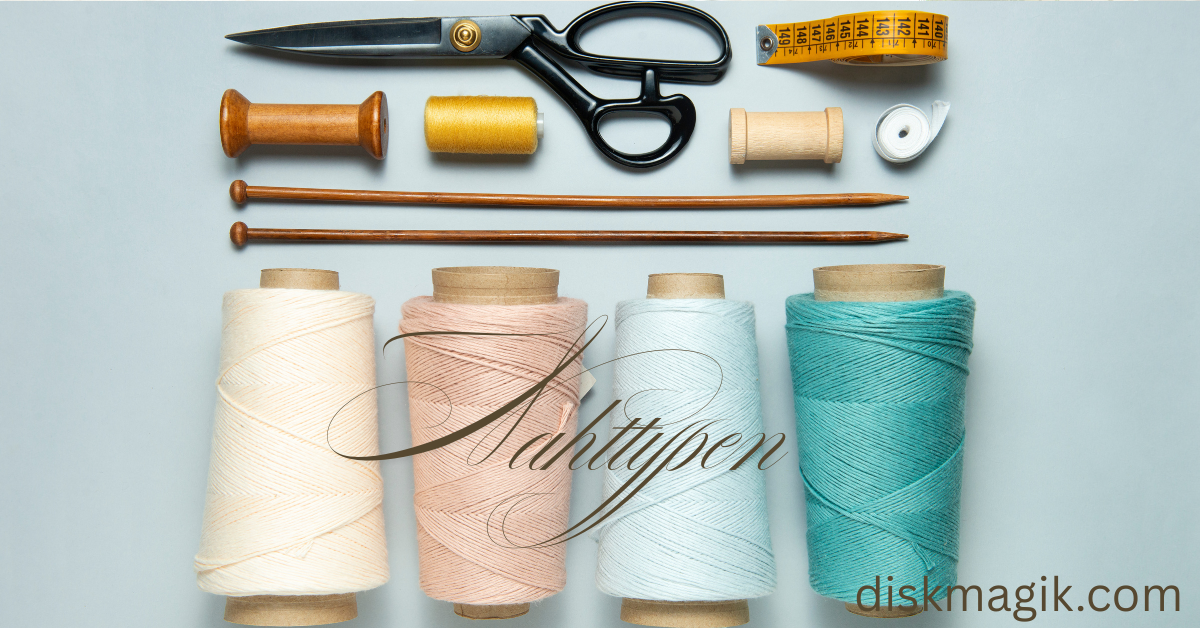
What Are Nahttypen?
“Nahttypen” is the German word for seam types — the various ways in which two or more pieces of fabric are joined together in sewing. Seam types are a fundamental element in fashion design, tailoring, upholstery, and industrial sewing. Each seam type serves a specific purpose, whether it’s for strength, flexibility, aesthetics, or durability.
The type of seam you choose depends on several factors such as:
- Fabric type
- Purpose of the garment or product
- Required strength
- Appearance (visible or hidden seams)
- Seam allowances and finishing techniques
Importance of Choosing the Right Seam Type
Choosing the appropriate seam type is crucial to ensure a garment’s functionality, comfort, and longevity. For example, clothing that requires flexibility like athletic wear may use flatlock seams, while heavy-duty items such as jeans rely on double-stitched or felled seams for durability.
Incorrect seam choice can lead to:
- Weak garment construction
- Uncomfortable wear
- Fabric fraying or unraveling
- Reduced garment lifespan
Understanding Nahttypen helps designers and sewing professionals maintain quality control and tailor their creations to specific needs and standards.
Common Types of Seams (Nahttypen)
Here is a comparison table of common seam types used in sewing and textile production:
| Seam Type (Nahttyp) | Description | Common Uses | Strength | Appearance |
|---|---|---|---|---|
| Plain Seam (Steppnaht) | Most basic seam, two fabrics sewn together and pressed open | Everyday clothing, lightweight fabrics | Medium | Usually hidden |
| French Seam (Französische Naht) | Enclosed seam with no raw edges; sewn twice | Lingerie, sheer fabrics | Medium | Very neat, clean |
| Flat-Felled Seam (Kappnaht) | Durable seam with both edges enclosed; stitched flat | Jeans, shirts, heavy-duty garments | High | Decorative, visible |
| Zigzag Seam (Zickzacknaht) | Uses zigzag stitch to allow stretch and prevent fraying | Knit fabrics, finishing raw edges | Medium | Functional |
| Overlock/Serger Seam (Overlocknaht) | Edges are trimmed and stitched simultaneously using a serger machine | Stretch fabrics, commercial clothing | High | Clean, professional |
| Bound Seam (Eingefasste Naht) | Seam enclosed with bias binding or tape | Jackets, unlined garments, decorative edges | Medium | Decorative, visible |
| Lapped Seam (Überdeckte Naht) | One fabric overlaps another and is topstitched | Leather, upholstery, decorative applications | High | Very visible, bold |
| Double-Stitched Seam (Doppelt genähte Naht) | Two parallel rows of stitching for extra strength | Activewear, workwear, denim | Very High | Visible and strong |
Choosing Nahttypen Types by Fabric and Function
When working with lightweight or sheer fabrics, French seams or plain seams are ideal because they avoid bulky joins. For stretch fabrics, overlock or zigzag seams are best because they allow movement without breaking the thread.
In contrast, heavy fabrics like denim, canvas, or leather require stronger seams like flat-felled or double-stitched seams. These not only provide the necessary strength but also reinforce the garment against wear and tear.
Seam choice also affects aesthetics. Decorative seams such as bound or lapped seams can be used as design features, especially in outerwear or high-fashion pieces.
Advanced Techniques and Nahttypen Finishes
In professional sewing, it’s not just about the seam type — the finishing of the seam matters, too. Seam finishes help prevent fraying, enhance durability, and improve the overall appearance of a garment.
Common seam finishes include:
- Serged edges (using an overlocker)
- Bias binding (for bound seams)
- Topstitching (adds reinforcement and decoration)
- Pinking shears (for lightweight fabrics)
- Double stitching or reinforced seams (for heavy-duty wear)
Advanced seam types like welt seams or mock flat-felled seams are also used in fashion design and upholstery when more refined or specialized techniques are required.
FAQs about Nahttypen (Seam Types)
Q: What is the strongest type of Nahttypen?
A: Flat-felled seams and double-stitched seams are among the strongest, making them ideal for jeans, workwear, and outdoor gear.
Q: Which seam is best for stretch fabrics?
A: Overlock seams and zigzag seams allow for stretch and flexibility, making them ideal for knit fabrics and activewear.
Q: Are French seams hard to sew?
A: They require more steps than a plain seam but are relatively easy with practice and offer a clean, professional finish.
Q: Can I use regular sewing machines for all Nahttypen types?
A: Most seam types can be created on a standard sewing machine, but for professional overlock or coverstitch seams, a serger or coverstitch machine is preferred.
Q: Why do some seams have visible stitching?
A: Decorative or structural seams like flat-felled or lapped seams are designed to be seen and often enhance the garment’s design.
